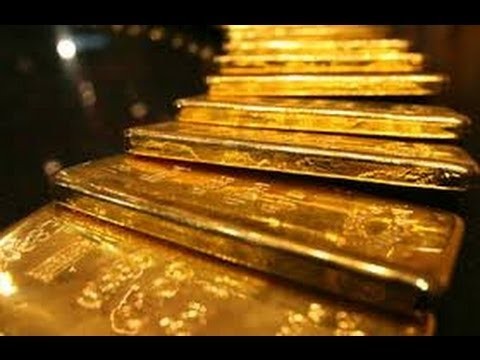Goldman Explores Its (Liquid) Alternatives in the ETF World Bloomberg Business
Post on: 29 Апрель, 2015 No Comment

Can Goldman Sachs put ETF investors on a liquid diet?
Goldman is in talks to acquire IndexIQ, Reuters has reported. Index IQ is a small exchange-traded-fund firm known mostly for products that replicate hedge fund strategies, called liquid alternative ETFs. While IndexIQ has 11 ETFs with $1.2 billion in assets, over 80 percent of those assets are in liquid alt ETFs. These products use the same complex strategies that many hedge funds do, such as betting on or against futures contracts in commodities or currencies. But unlike with hedge funds, investors can get in and out of the funds daily — hence their name.
Goldman didn’t respond to requests for comment, but if the report is accurate the acquisition would vault it into the fast-growing ETF industry and give it leadership in a coveted niche. Goldman equity strategists have called liquid alts the next frontier for investment managers, predicting that the market for them among individual investors could reach $2 trillion within a decade. Their rationale: Alternatives are 4 percent of retail assets but make up more than 20 percent of institutional allocations. With lower fees on the products and a thirst for new avenues of return among individual investors, Goldman thinks growth could track that of the overall ETF industry. Assets in ETFs in the U.S. have grown to nearly $2 trillion over the past decade.
Carving out a niche is how Goldman’s peers have had the most success with ETFs. Barclays is known for its VIX exchange-traded notes. which bet on volatility, Deutsche Bank for its China and currency-hedged products. A liquid alt specialty for Goldman makes sense, not least because the firm already manages several alternative mutual funds with over $1 billion in assets. It has also filed with the Securities and Exchange Commission to launch a series of actively managed ETFs, starting with an equity dividend ETF.
Assets in alternative strategy mutual funds have grown to $140 billion, according to Morningstar. There’s only $2 billion in liquid alt ETFs, with much of that in IndexIQ’s funds. One reason for the gap may be that the ETFs haven’t really had their chance to shine. All were launched during the six years of steady, quantitative easing-fueled bull market returns. Hedge fund strategies — which are designed not to outperform the S&P 500 but to hedge stock and bond portfolios — have performed poorly compared to the broad market and have been a tough sell.
If Goldman does buy IndexIQ, it will face two challenges. First, in the past month of turmoil the IQ Hedge Multi-Strategy Tracker ETF (QAI ) lost 3 percent. That’s less than the S&P 500’s -5.5 percent return, and it experienced a third of the S&P’s volatility, but it’s not a standout performance. So far this year, QAI is flat while the S&P 500 is up 2 percent.
Second, some of these strategies are complex. QAI, for example, uses a mathematical model to analyze hedge fund performance patterns. Those patterns indicate which asset classes are being used by hedge funds. QAI then invests in broad-based ETFs that track those asset classes to try for a similar performance. Other liquid alt ETFs go long (bet on a rise in prices) and short (bet on a fall in prices) futures contracts.

Liquid alt ETFs have potential, but the hurdles are high, even for Goldman Sachs.
More stories by Eric Balchunas:
- ETFs Built for Stormy Weather Show Up on the Radar
Eric Balchunas is an exchange-traded-fund analyst at Bloomberg. More ETF data is available here ; weekly ETF podcasts can be found here .














